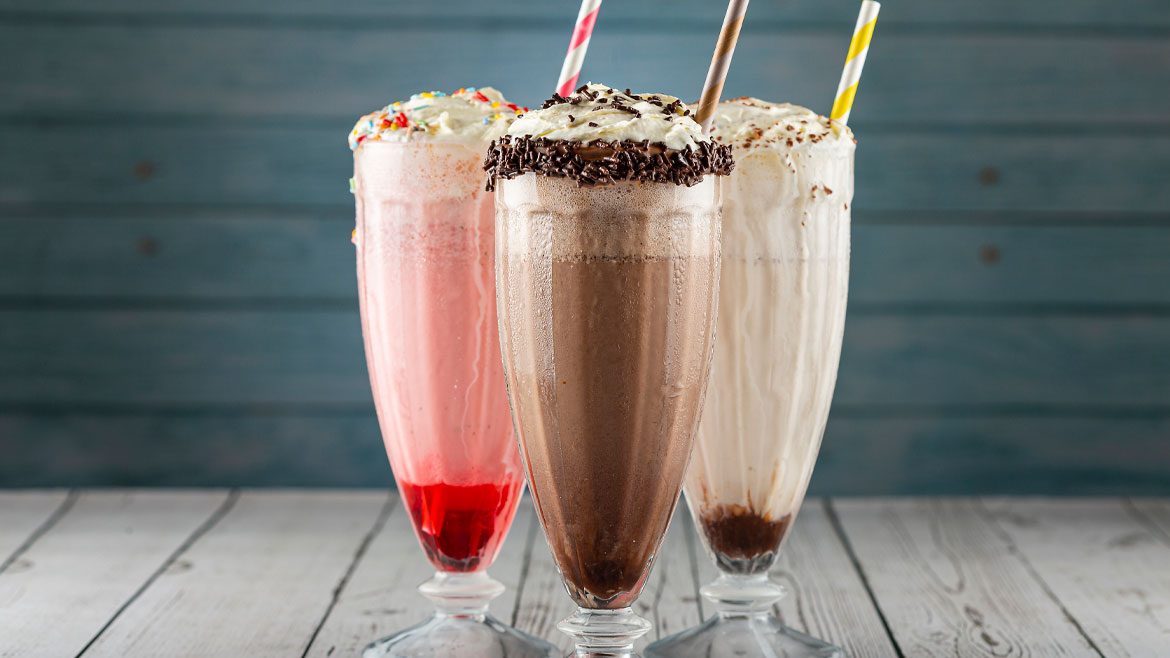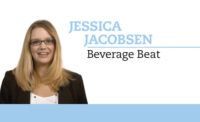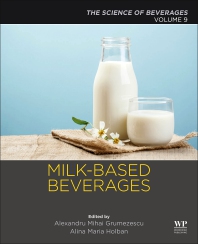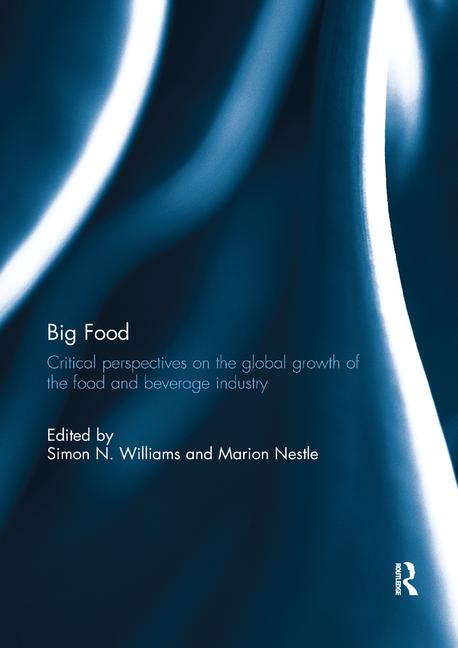New product success – what does it take?
Despite high risk, entrepreneurial brands stand out in terms of success

Brands that deliver true differentiation, meet a real consumer need, and are backed by vision, grit, and creativity, Brian Sudano shares. (Photo by FG Trade/E+ via Getty Images)
Over the past decade, most leading new products have not emerged through brand extensions. With the exception of High Noon from Gallo and Nutrl from ABI, the majority of successful brands have been introduced by entrepreneurial companies over the past decade.
This raises two key questions: 1) How do you define success? and 2) Why have major beverage companies struggled compared to their smaller competitors?
Defining success
Success varies depending on the strategic objective behind a new product or brand launch.
For example, a brand extension entering an adjacent market — like a zero-sugar version of a diet soda — measures success by increasing the brand family’s market share.
Similarly, Smirnoff Ice aimed to create a halo effect for its parent vodka brand and introduce the trademark to a younger legal drinking age (LDA) audience by leveraging regulatory differences between spirits and malt beverages. In other cases, such as Bud Light FMB extensions, the goal was to become a category leader in emerging segments — though many of these brands declined just as rapidly as they rose.
High risk, few winners
New brand failure rates are high ― up to 98% ― across both large and small companies. As a result, many firms have shifted to reducing portfolio complexity, forming strategic partnerships, or pursuing acquisitions.
Although there have been notable wins in energy drinks, flavored water, rehydration and beverage alcohol, they remain rare compared with the volume of annual brand launches.
Still, a handful of brands have achieved breakthrough success in recent years. While High Noon and Nutrl came from large companies, most standouts were entrepreneurial ventures. Their common traits include:
- A unique brand identity
- Differentiated and relevant product propositions
- Executional patience and committed ownership
- Packaging that communicates brand uniqueness
- Targeted (vs. broad) distribution
- Effective use of social media and influencers
Examples of success include poppi and Olipop, the first time a prebiotic that looked and tasted like a traditional soda; Athletic Beer, no one had defined itself as a non-alcoholic beer that tastes like a craft beer; and Liquid Death, no one ever marketed a water to mimic an energy drink.
These brands resonated with consumers thanks to unique positioning and savvy digital engagement. By contrast, many failures stemmed from ignoring these critical success factors.
Why big companies struggle
Large companies often rely on internal innovation and financial resources to drive new brands. However, this hasn’t translated to consistent success. Even when separate innovation units were established, they often failed to meet goals and were eventually shut down.
Today, many large beverage players lean toward acquisitions or alliances to expand into new markets —often in response to previous failures.
Two notable cases highlight this challenge:
- Gatorade Bolt 24: Marketed as a functional hydration beverage, but lacked clear differentiation from the parent brand.
- Coke Energy: Failed to offer meaningful benefits over leading energy brands, making it redundant.
The bottom line
Consumers need to understand what unmet need your product addresses. Why is it different? Why should they care? Without a clear identity, a compelling proposition, and disciplined execution, new brands often struggle ― especially in crowded categories.
In conclusion, while the odds might be steep, success is still possible for brands that deliver true differentiation, meet a real consumer need, and are backed by vision, grit, and creativity. Passion, patience, and belief in your brand are vital. Tune out the naysayers, stay committed to your message, and use social media to reach your audience in ways that resonate.
The next billion-dollar brand could be just around the corner.
Looking for a reprint of this article?
From high-res PDFs to custom plaques, order your copy today!








